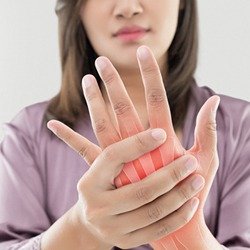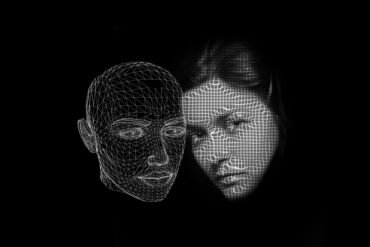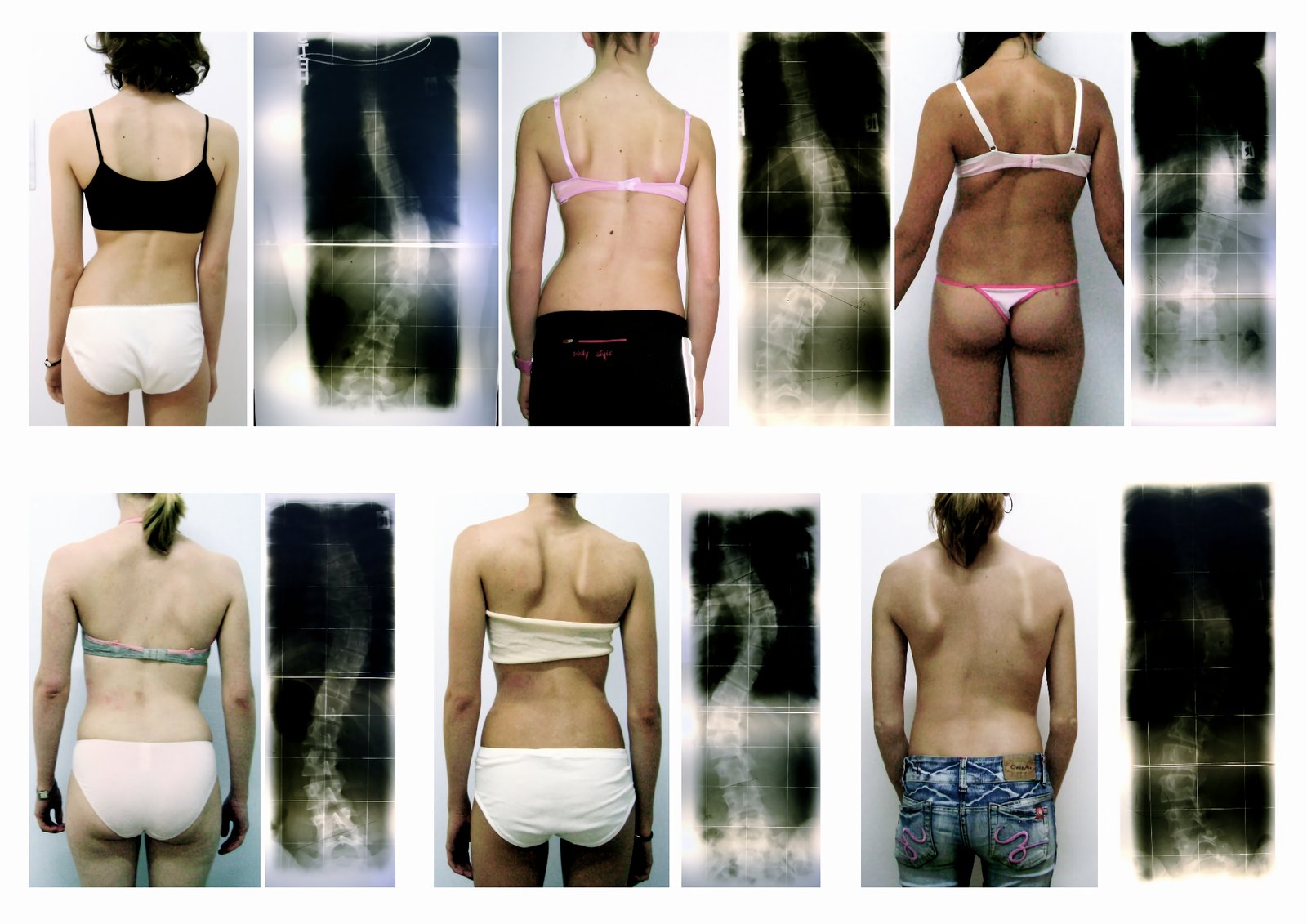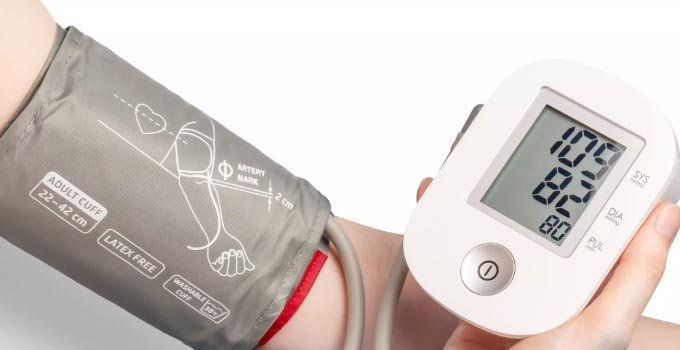Cervical Spondylosis: Symptoms and Pain Relief

Table of Contents
What is Cervical Spondylosis?
Cervical spondylosis, also known as cervical osteoarthritis, is a degenerative condition that affects the cervical spine, which is the region of the spine located in the neck. It is a common condition that usually occurs with age and is characterized by the wear and tear of the bones, discs, and ligaments in the neck.
As we age, the discs in our spine lose their flexibility and become less capable of absorbing shock. The bones and joints in the neck also undergo changes, such as the formation of bone spurs or the thickening of ligaments. These changes can lead to the narrowing of the spinal canal and the compression of nerves, resulting in various symptoms.
Common symptoms of cervical spondylosis include:
- Neck pain and stiffness
- Headaches, particularly at the back of the head
- Pain or numbness in the shoulders, arms, and hands
- Weakness in the arms and hands
- Tingling or a pins and needles sensation in the arms and hands
- Difficulty with balance and coordination
It is important to note that not everyone with cervical spondylosis experiences symptoms. In some cases, the condition may be detected incidentally during a routine medical examination or imaging tests.
While cervical spondylosis cannot be reversed, there are various pain relief measures that can help manage the symptoms and improve the quality of life. These may include:
- Physical therapy exercises to improve strength and flexibility
- Applying heat or cold packs to the affected area
- Over-the-counter pain medications
- Prescription medications, such as muscle relaxants or anti-inflammatory drugs
- Using a cervical collar or brace for support
- In severe cases, surgery may be recommended to relieve pressure on the nerves or spinal cord
If you suspect you have cervical spondylosis or are experiencing any of the symptoms mentioned, it is important to consult with a healthcare professional for an accurate diagnosis and appropriate treatment plan.
Common Symptoms of Cervical Spondylosis
Cervical spondylosis is a condition that affects the neck and is commonly seen in individuals above the age of 40. It is caused by the degeneration of the bones and cartilage in the cervical spine, leading to various symptoms. Recognizing these symptoms is crucial for early diagnosis and effective pain relief. Here are some of the common symptoms associated with cervical spondylosis:
- Neck Pain: One of the primary symptoms of cervical spondylosis is neck pain. The pain can vary in intensity and may be localized to the neck or radiate to the shoulders, arms, and even the fingers. It is often described as a dull ache or a sharp, shooting pain.
- Stiffness: Individuals with cervical spondylosis may experience stiffness in their neck, making it difficult to move or turn their head. This stiffness can also lead to muscle spasms and further discomfort.
- Headaches: Chronic headaches, especially at the base of the skull, are another common symptom of cervical spondylosis. These headaches may be accompanied by dizziness or a feeling of lightheadedness.
- Numbness and Tingling: As the cervical spine degenerates, it can put pressure on the nerves that extend from the neck to the arms and hands. This pressure can lead to numbness, tingling, or a pins-and-needles sensation in the upper extremities.
- Weakness: In some cases, cervical spondylosis can cause muscle weakness in the arms or hands. This weakness may make it challenging to grip objects or perform everyday tasks.
- Loss of Balance: Severe cervical spondylosis can affect the spinal cord, leading to problems with coordination and balance. This can result in unsteady walking or a tendency to stumble.
If you are experiencing any of these symptoms, it is essential to consult a healthcare professional for a proper diagnosis. They may recommend imaging tests, such as X-rays or MRI scans, to assess the extent of the degeneration and formulate an appropriate treatment plan. Treatment options for cervical spondylosis often include medication, physical therapy, and lifestyle modifications. In some cases, surgery may be necessary to relieve pressure on the affected nerves or spinal cord.
Remember, early intervention and proper management can help alleviate pain and improve the quality of life for individuals with cervical spondylosis. If you suspect you may have this condition, seeking medical advice is crucial for timely and effective pain relief.
Natural and Home Remedies for Cervical Spondylosis
While cervical spondylosis can cause discomfort and pain, there are several natural and home remedies that can help alleviate symptoms and provide relief. These remedies can be used in conjunction with medical treatments to manage the condition effectively.
- Exercise: Engaging in regular neck exercises can help strengthen the muscles and improve flexibility. Simple exercises like neck rotations, shoulder shrugs, and head tilts can provide relief.
- Hot and cold therapy: Applying a hot compress or taking a warm shower can help relax the muscles and reduce pain. Cold therapy, such as using an ice pack, can help reduce inflammation and swelling.
- Posture correction: Maintaining a good posture is essential to prevent strain on the neck. Make sure to sit and stand with a straight back, and avoid slouching or hunching forward.
- Neck support: Using a supportive pillow while sleeping can help maintain the natural alignment of the neck and spine. It is recommended to use a pillow that provides adequate support to the neck and keeps it in a neutral position.
- Massage therapy: Gentle massages can help relax the muscles and reduce tension in the neck area. Massaging with warm olive or coconut oil can enhance the effects and provide additional relief.
- Herbal remedies: Certain herbs like turmeric, ginger, and Boswellia possess anti-inflammatory properties and can help reduce pain and inflammation associated with cervical spondylosis. Incorporating these herbs into your diet or consuming them in supplement form may be beneficial.
- Acupuncture: Acupuncture, an ancient Chinese therapy, involves the insertion of thin needles into specific points of the body. It can help reduce pain and promote relaxation, aiding in the management of cervical spondylosis.
- Stress management: Stress can worsen the symptoms of cervical spondylosis. Engaging in stress-reducing activities like meditation, deep breathing exercises, or yoga can help reduce stress levels and alleviate symptoms.
It is important to note that these remedies may not work for everyone, and it is advisable to consult with a healthcare professional before trying any new treatment or remedy. They can provide personalized advice based on your specific condition and medical history.
Medical Treatments for Cervical Spondylosis
Cervical spondylosis, also known as degenerative disc disease, is a condition that affects the neck and causes pain and stiffness. While there is no cure for cervical spondylosis, there are several medical treatments that can help manage the symptoms and provide pain relief. Here are some of the most common medical treatments for cervical spondylosis:
- Non-Steroidal Anti-Inflammatory Drugs (NSAIDs): NSAIDs such as ibuprofen or naproxen can help reduce inflammation and relieve pain associated with cervical spondylosis. They can be taken orally or applied topically in the form of gels or creams.
- Muscle Relaxants: Muscle relaxants can help alleviate muscle spasms and reduce pain. These medications are usually prescribed for short-term use as they can cause drowsiness and dizziness.
- Corticosteroid Injections: In some cases, corticosteroid injections may be recommended to reduce inflammation and provide pain relief. These injections are administered directly into the affected area and can provide temporary relief.
- Physical Therapy: Physical therapy plays a crucial role in managing cervical spondylosis. A physical therapist can design a customized exercise program to improve strength, flexibility, and posture. They may also use techniques like traction or manual therapy to relieve pain and improve mobility.
- Collar or Brace: A cervical collar or brace may be prescribed to provide support to the neck and limit movement. This can help reduce pain and promote healing in cases of acute flare-ups or after surgery.
- Surgery: In severe cases of cervical spondylosis where conservative treatments have failed to provide relief, surgery may be considered. The surgical procedure aims to remove or replace damaged discs and stabilize the spine.
It is important to consult with a healthcare professional to determine the most appropriate medical treatment for your specific condition. They will consider the severity of your symptoms, your overall health, and any underlying conditions before recommending a treatment plan. It is also worth noting that a combination of treatments may be necessary to effectively manage cervical spondylosis and improve your quality of life.
Lifestyle Changes to Manage Cervical Spondylosis
Cervical spondylosis, also known as neck arthritis, is a common condition that affects the cervical spine. It is usually caused by the wear and tear of the cartilage and bones in the neck region, leading to symptoms such as neck pain, stiffness, and numbness in the arms and hands. While there is no cure for cervical spondylosis, certain lifestyle changes can help manage the symptoms and provide pain relief. Here are some lifestyle modifications that you can consider:
- Exercise regularly: Engaging in regular physical activity can help strengthen the muscles in your neck and improve flexibility. Low-impact exercises like walking, swimming, and yoga can be beneficial for managing cervical spondylosis.
- Practice good posture: Maintaining a correct posture can reduce strain on the neck and prevent further damage. Avoid slouching and make sure to sit and stand with your back straight. Use a supportive chair and ergonomic desk setup if you have a sedentary job.
- Take breaks from electronic devices: Prolonged use of electronic devices can strain the neck muscles and exacerbate cervical spondylosis symptoms. Take regular breaks, stretch your neck, and try to limit your screen time.
- Use proper pillows and mattress: Opt for a supportive pillow and mattress that help maintain the natural curve of your neck. Avoid using high or stiff pillows that can strain your neck further.
- Apply heat or cold therapy: Applying heat or cold packs to your neck can help alleviate pain and reduce inflammation. Use a heating pad or take a warm shower for heat therapy, and use an ice pack wrapped in a towel for cold therapy.
- Manage stress: Stress can increase muscle tension and worsen cervical spondylosis symptoms. Practice relaxation techniques like deep breathing, meditation, or engaging in hobbies to reduce stress levels.
- Maintain a healthy weight: Excess weight can put strain on your neck and worsen cervical spondylosis symptoms. Maintain a healthy weight through a balanced diet and regular exercise.
- Avoid repetitive neck movements: Avoid repetitive activities that strain your neck, such as constantly looking down at your phone or computer screen. Take frequent breaks and stretch your neck to relieve tension.
It is important to consult with a healthcare professional or physical therapist before making any significant lifestyle changes to manage cervical spondylosis. They can provide personalized recommendations and exercises tailored to your specific condition and needs. By incorporating these lifestyle modifications into your daily routine, you can effectively manage cervical spondylosis symptoms and improve your overall quality of life.


























